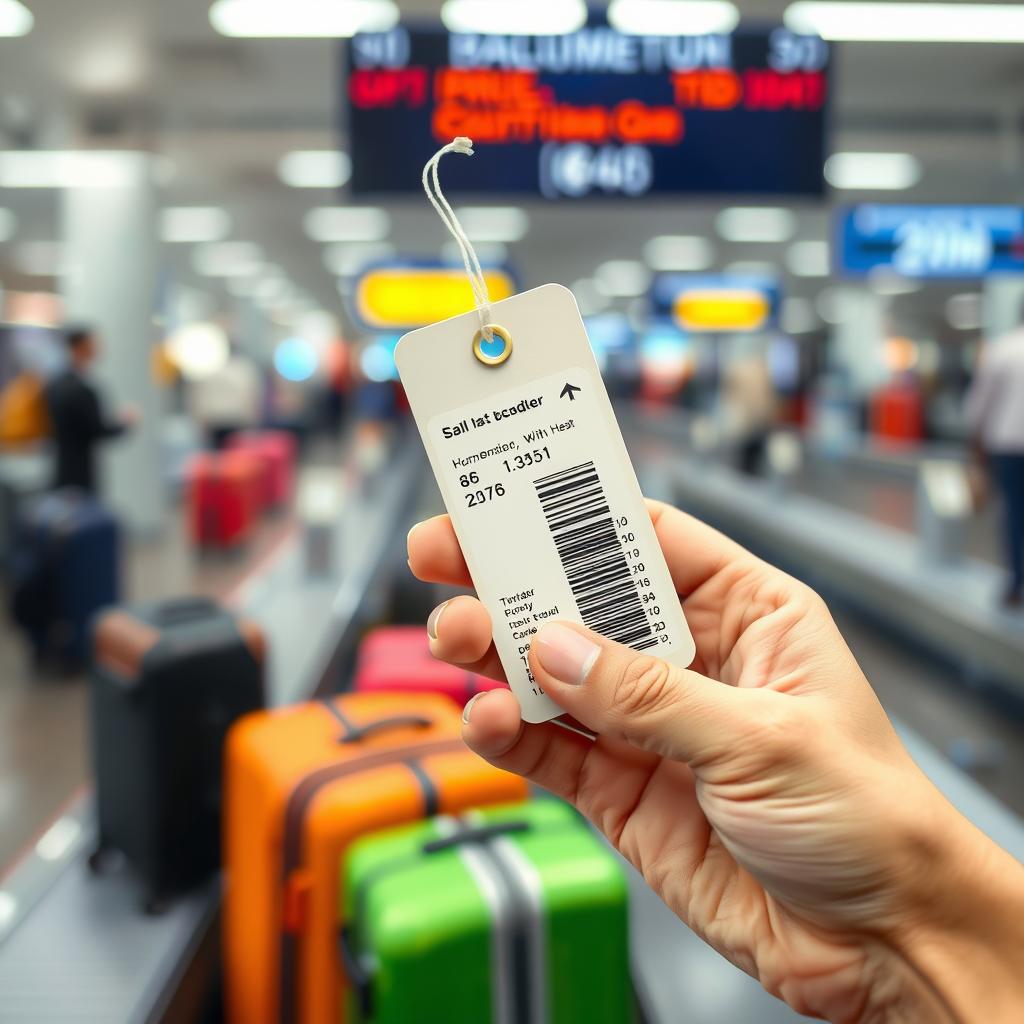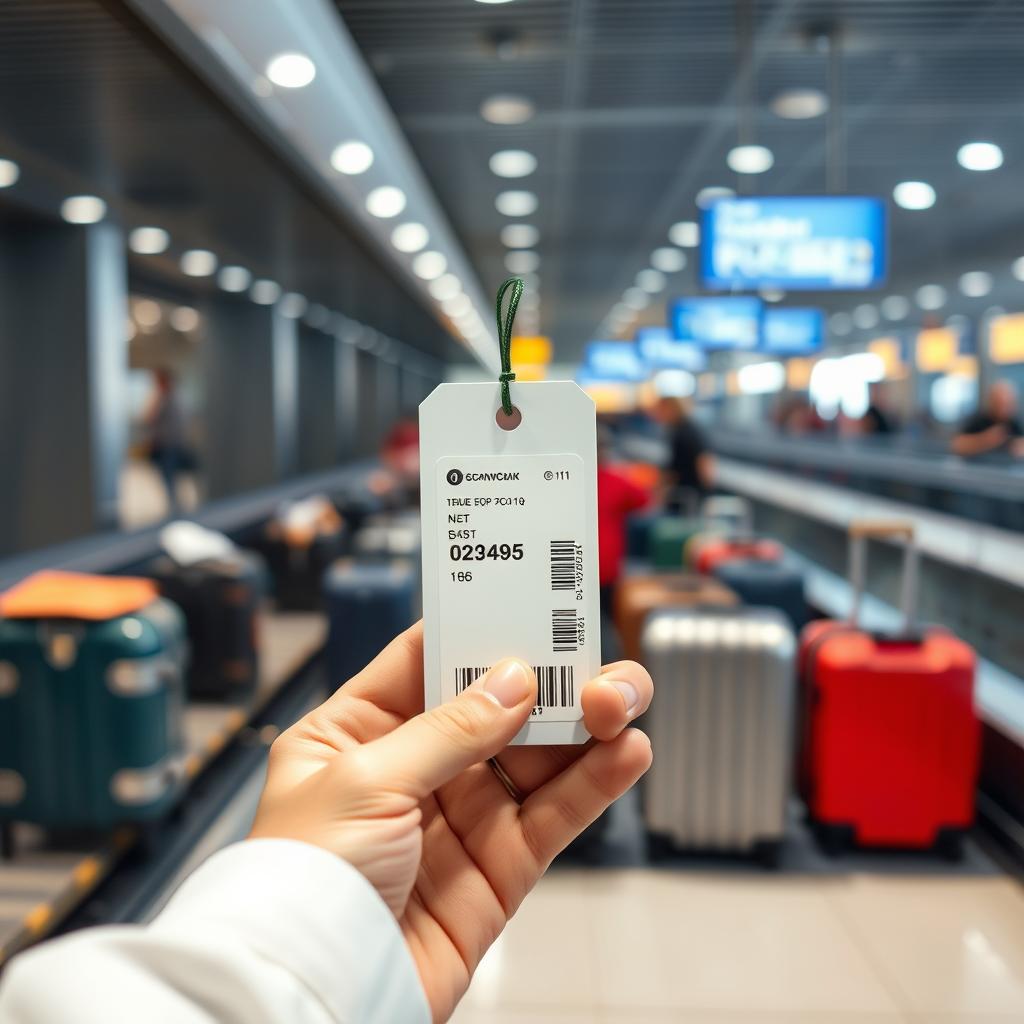Industry-wide baggage rules are set by IATA resolutions, which are binding agreements among member airlines. These resolutions cover everything from tag formats to mishandling, ensuring common standards. For example:
- Res. 743 (and 743a–c) cover found/unclaimed and mishandled baggage. They define how airlines must forward or store bags if they miss a flight (iata.org).
- Res. 744 establishes Local Baggage Committees, airport-level forums where airlines and handlers coordinate baggage procedures (iata.org).
- Res. 745 (and 745a, 745b) deal with special items like dangerous goods, firearms, and wheelchairs in checked luggage (iata.org).
- Res. 751 specifies the 10-digit license plate (bar code) format used on bag tags, ensuring consistency across carriers (iata.org).
- Res. 752 mandates electronic baggage receipts, letting passengers receive an e-mail/SMS receipt of their checked bag.
- Res. 753 (effective June 2018) requires all airlines to track bags at four points – on receipt, at loading, at transfer, and on arrival – to reduce mishandling (iata.org).

These are just a few key examples. In total, the IATA resolutions manual lists dozens of baggage rules (see the IATA Baggage Standards page for details (iata.org). Airlines must follow these rules in their interline (multi-carrier) agreements, so that an American carrier’s bag tag or claim process works correctly when another airline handles the luggage. The result is a global “common language” for bags – from tag design to claims procedures – that keeps the system predictable and helps solve baggage issues consistently.


